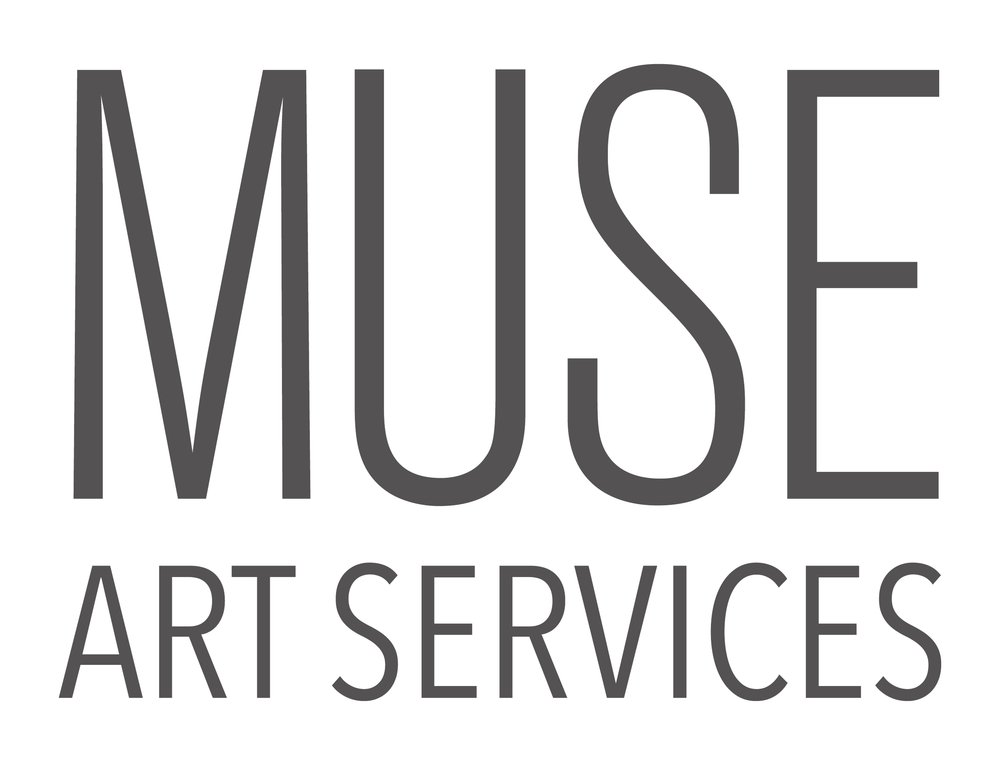Christopher X. Bost
“My first introduction to art was through museum publications collected by my grandmother during her extensive world travels. The books she chose were usually about Renaissance painters or impressionist painters, with a smattering of books on sculpture or art from the Southwest. During my years in junior high, these books became my companions. Throughout my time spent studying them, one principle emerged clear as daylight, remaining to this day a guiding principle for my studio practice: the more time spent looking at art in an engaged manner, the more it reveals to us.
A lengthy developmental progression guided my painting towards abstraction. I garnered a particular fascination with color, especially the hues our natural environment both soothes and excites us with. Ten years as a rural resident of the Mojave provided me with boundless medicine for the soul – given to me through new patterns and ever-changing colorful events that unfolded every single day. The pace of the desert continually humbles our frenetic habits, and this (and other things) solidified my love of abstraction and fostered a belief that active perception is always amply rewarded in kind. When we choose to see, nature unfolds in a myriad of woven wonders.
A month-long journey to the coast provided me with even more new patterns and colors, based on lush tide pools and the ancient rhythms of the Pacific. These new paintings were constructed using techniques based on Moire patterning. The colors were meticulously edited from the ocean palette, layered in such a way that surfaces, which at first seem simple and decorative, begin to undulate. A meditation on a starfish yields a painting that visually wriggles. Striped layers configured in a carefully chosen fashion waves distinctly, referencing sea tides and urchins.
It is a radical approach to painting, based on a conviction that how we see is a more interesting exploration than what we see. Simple patterns staged in ways that allow deeply complex narratives to emerge, having bubbled from beneath the surface as the viewer engages. It is a form of art making that I have chosen to act as an antidote to our visually over-stimulated digital culture.”







